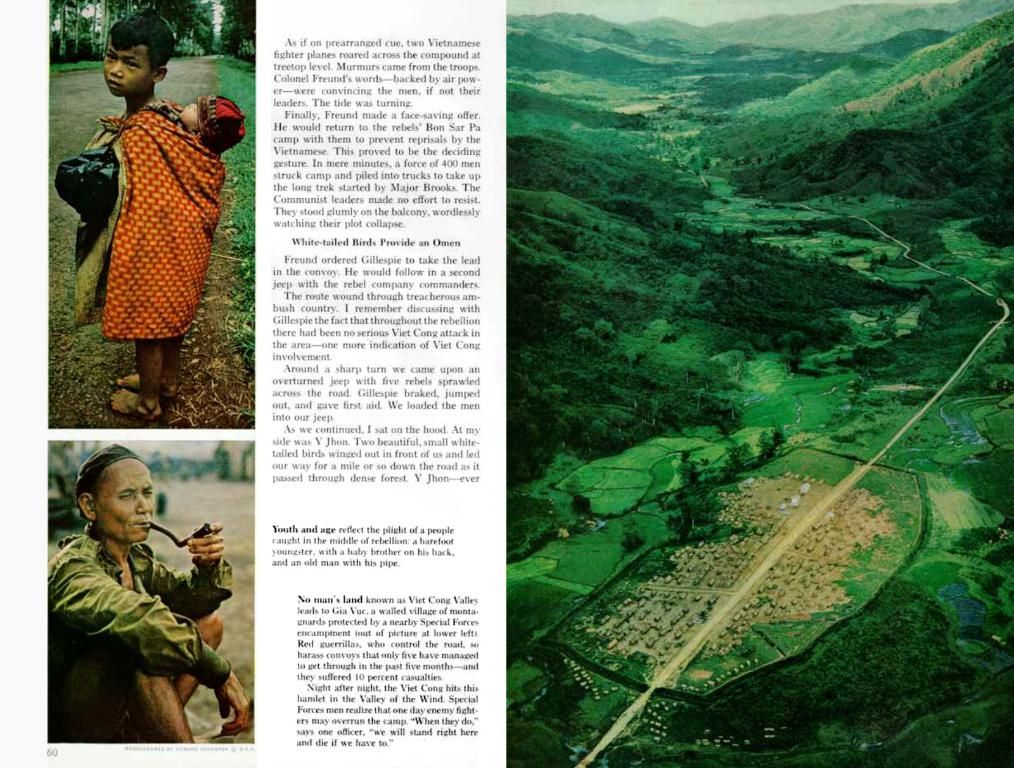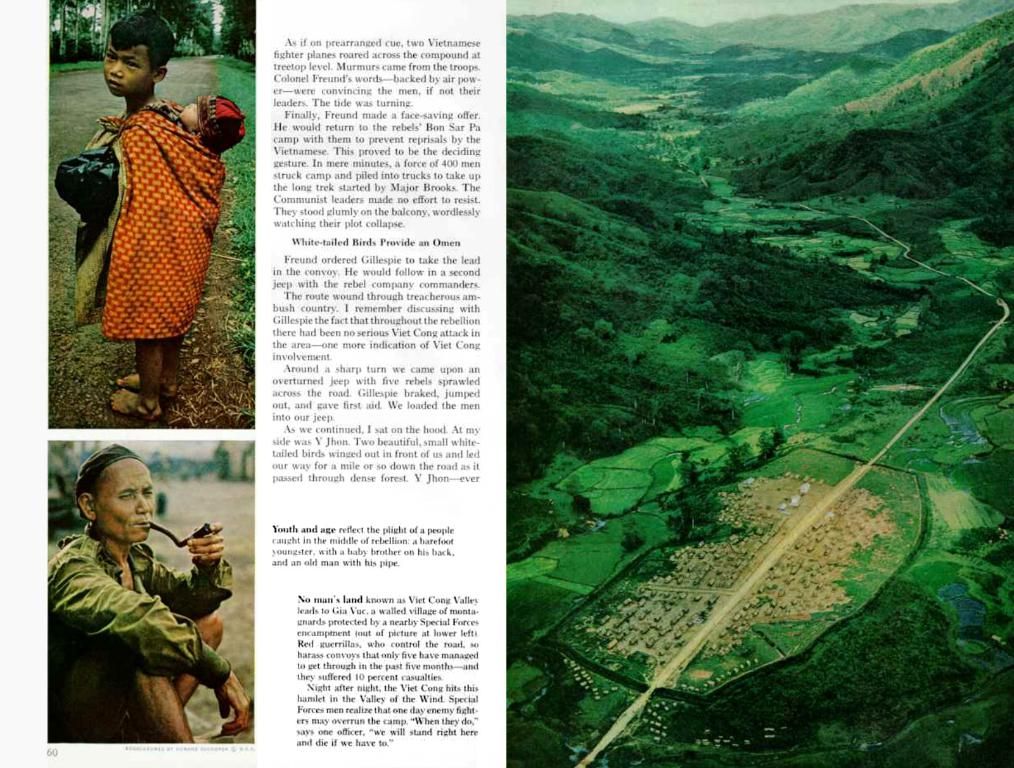Constructing a Word Cloud in Python: Steps and Code Snippets
Creating a word cloud in Python is a fun and visually appealing way to highlight the crucial terms in a dataset, whether it's text from social media, survey responses, or any large corpus. This guide will walk you through building a word cloud using Python, a versatile language perfect for handling and visualizing data.
Word clouds are more than just attractive images, they're powerful tools for summarizing extensive text. They can swiftly reveal patterns and trends that may otherwise go unnoticed. Python, with its rich ecosystem of libraries, makes it relatively effortless to create these visualizations, whether you're a coding whiz or a fresh newbie. Follow this guide, and you'll have all the skills needed to create stunning word clouds.
1. Install Required Libraries
Start by installing the necessary libraries. You can do this using pip:
2. Import Libraries
Next, import the vital libraries in your Python script:
3. Prepare Text Data
Have your text data ready. This can be any text you wish to visualize, such as a document, an article, or even a string of text. For example:
4. Generate Word Cloud
Use the class from the library to generate the word cloud. You can customize the word cloud with various parameters like width, height, background color, max words, stopwords, mask, contour width, contour color, colormap, and more.
5. Display the Word Cloud
Finally, use from PIL to display the word cloud.
Full Code
Here's the complete code snippet to create a word cloud in Python:
```pythonfrom wordcloud import WordCloudimport numpy as npimport matplotlib.pyplot as plt
text = "Your text data here. Repeated words appear larger."
wordcloud = WordCloud( width=800, height=400, background_color='white', max_words=200, stopwords=["the", "and", "or"], colormap='viridis').generate(text)
image = np.array(wordcloud)plt.imshow(image, interpolation='byte')plt.axis("off")plt.show()```
Additional Customization
You can further customize your word cloud by using additional parameters. Here are some examples:
✽ Change Font
Use a specific font by providing the path to the file.
✽ Set Maximum Words
Limit the number of words in the word cloud.
✽ Set Color Palette
Use a specific color palette for the words.
You can also use a mask image to shape your word cloud or apply additional styling to make your word cloud unique and informative.
By combining these parameters and techniques, you can create a highly customized word cloud tailored to your needs. Creating a word cloud in Python is straightforward and fun with the library.
Have fun visualizing your text data! Just remember that, while word clouds are a powerful tool for summarizing text, it’s essential to interpret them critically and combine them with other methods for thorough analysis.
Programming and technology open up the opportunity to create engaging and informative visualizations, like word clouds, in Python. With libraries such as 'wordcloud', you can effortlessly generate word clouds from text data, allowing you to quickly identify patterns and trends that might otherwise go unnoticed.








